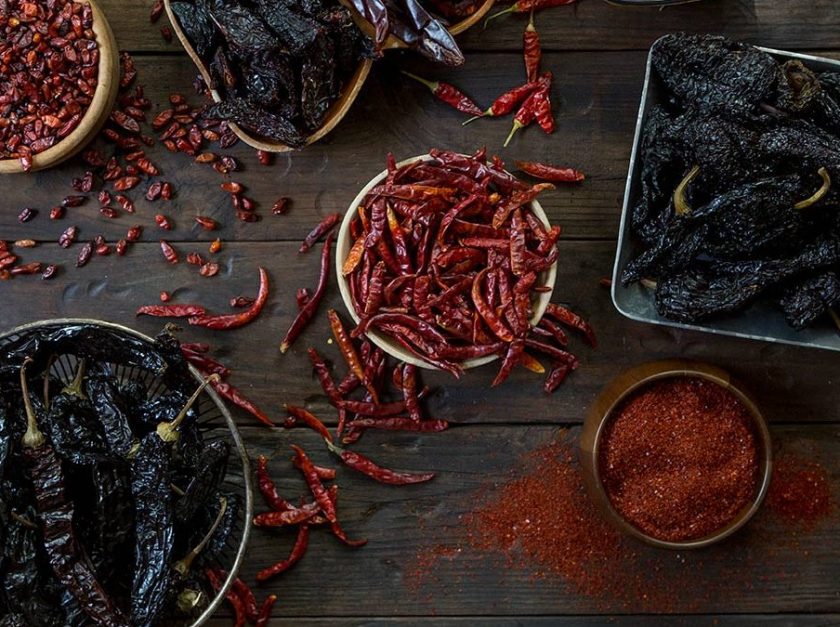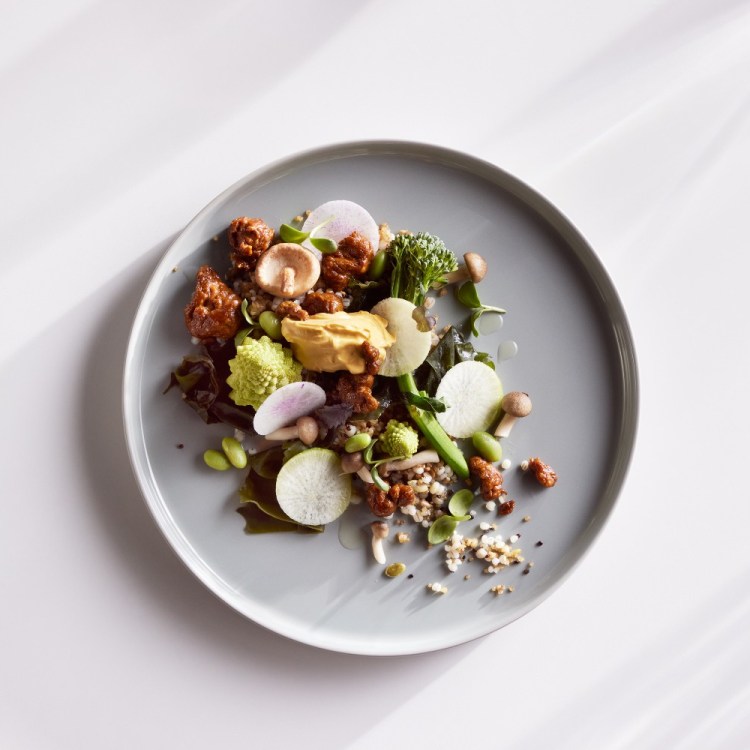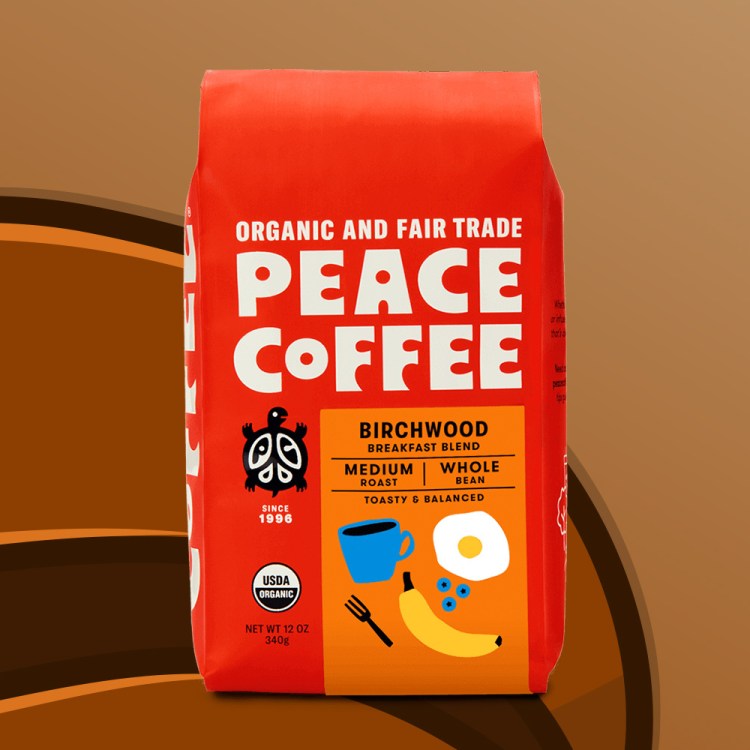Everyone’s tolerance for chili peppers is different. Some people embrace five-alarm chili, scotch bonnet–packed phaal curry, and chicken wings doused with super-hot Tabasco sauce.
I personally have never been able to handle much heat. I joke that my lips are wimps, and whenever I’m at a restaurant, I always avoid dishes on the menu that have that little “chili pepper” symbol next to them.
But as it turns out, I should probably make more of an effort to tolerate those spicy peppers. Because there’s a boatload of new research that suggests chili peppers are a superfood.
A recent study, for example, looked at half a million Chinese adults and found that those who ate spicy foods three or more times per week had a 14 percent reduced risk of death.
Other recent studies have shown that chili peppers—and particularly the active ingredient in them that provides their heat, capsaicin (“cap-SAY-uh-sin”)—offer a multitude of health benefits.
Surprised? Read on to discover 22 more interesting tidbits about chili peppers.
Red chili peppers on sale at Khari Baoli spice and dried foods market, Old Delhi, India (Tim Graham/Getty Images)
1. Chili peppers help you burn more calories by raising the body’s core temperature during digestion. What’s more, they trigger a reaction in your gut that tells your nervous system to produce more brown fat, a healthy fat that expends calories.
2. They also reduce appetite by forcing you to drink more water to cool off, and by distracting your mind, making you forget that you’re hungry.
(Ute Grabowsky/Photothek/Getty Images)
3. Chili peppers release feel-good endorphins and dopamine, because your brain interprets the burn from hot peppers as pain, which can ultimately result in a sense of euphoria similar to a “runner’s high.”
4. Chili peppers alleviate sore muscles and tame arthritis thanks to those aforementioned endorphins, and also by inhibiting substance P, a neuropeptide that causes inflammation.
5. Thanks to capsaicin and its relatives, “capsaicinoids,” chili peppers improve heart health in a couple of ways. First, they lower cholesterol levels by reducing accumulation of cholesterol in the body and increasing its breakdown and excretion. Second, they block the action of a gene that makes arteries contract and restricts the blood flow to the heart and other organs.
6. Chili peppers have been found to prevent the development of certain types of cancer—especially, prostate cancer. How? Scientists theorize that the peppers trigger something called apoptosis, a type of “cell suicide” that encourages the turnover of cells. These peppers also contain a lot of carotenoids and flavonoids, which scavenge free radicals in our system. Free radicals have been known to cause cancer.
(Roberto Machado Noa/LightRocket/Getty Images)
7. Chili peppers will even clear up your sinuses. A study by a University of Cincinnati allergy researcher found that a nasal spray containing capsaicin from hot chili peppers helped people suffering from nasal congestion and sinus pain feel relief more quickly.
8. So how should you incorporate more hot peppers into your diet? You have a few options. One way: Go to the fresh produce section of your grocery store and buy some fresh peppers. Bypass the bell peppers—they contain no capsaicin—and instead reach for poblanos (big, green, and fairly mild), jalapeños (medium, green, and hot), and serranos (small, green, and hot). You may also find some red hot Thai peppers (small, red, hot) and shishito peppers (small and green, 10-25 percent of which are hot).
A worker inspects habanero chili peppers moving along a conveyor belt at the Znova Agro packaging facility in Merida, Mexico (Susana Gonzalez/Bloomberg via Getty Images)
9. As a general rule of thumb, the smaller the pepper, the hotter it is.
10. If you want more exotic peppers, like the super hot habanero or the scorch-your-tongue Carolina Reaper (the hottest pepper in the world, according to many), go to a specialty store or look online.
11. You should always buy whatever peppers look good and whichever ones you think you and your mouth can tolerate. Choose firm peppers, with a shiny, unblemished skin. For jalapeños, some chefs will tell you that the hottest ones have a few white striations on them.
12. Sliced chili peppers go great in stir frys, but they will also treat you right inside your tacos and burritos, on your morning eggs and omelets, in sandwiches and wraps, on steaks, and in pasta sauces. Basically, you can use them to give any of your meals an extra kick.
13. It’s better if you cook them, though. (Fry them up with some vegetable oil, for example.) It’ll release more of the bioactive compounds and they’ll be absorbed into the body more efficiently, according to researchers.
14. The bonus? Because capsaicin is a fat-soluble molecule, it’s actually more effective to eat chili peppers with a little fat. So not only do chili peppers taste delicious with pork tacos, they’re also better for you this way, too.
Habanero chili peppers hanging from a plant in a field during harvest in Merida, Mexico (Susana Gonzalez/Bloomberg/Getty Images)
15. Despite what you might have heard, there’s no law against throwing Latin-sounding peppers into Asian-inspired dishes. In fact, some peppers traditionally used in Asian meals are simply Latin peppers by a different name. (Shishito peppers, for instance, are essentially the same as the Padrón peppers from Spain.)
16. Another fun fact to keep in mind during your pepper picking: Fresh chili peppers will be spicier during the summer (of whatever region they hail from) and milder during the cool or rainy season.
Tabasco green pepper sauce (Getty Images)
17. You can also get plenty of chili peppers into your diet via hot sauces. (Which helps explains why hot sauces are one of the fastest-growing industries in the U.S.) There are many to choose from—everything from Tabasco to Cholula to Frank’s RedHot to Tapatio to Blair’s Ultra Death Sauce.
One big advantage to hot sauces over fresh peppers is convenience. All you have to do is buy a hot sauce, open it up, and douse your food with it. (Like with the fresh peppers, you can put it on anything: pizza, burgers, eggs, salads, wings, pastas, tacos, etc.) Some experts say hot sauce is actually a better way to deliver the peppers into your system, because cutting and blending them releases more of the capsaicin and its fiery relatives.
18. When buying a hot sauce, look for one without too much sugar and sodium, and with only a few ingredients. I like Dr. Stadnyk’s Hot Sauce, made by a physician in Houston, because it contains only four ingredients: organic carrots, habanero peppers, kosher salt, and organic vinegar. Or honestly, the market leader, Tabasco, is a good option. It’s low in sodium and contains no calories.
19. The hot sauce you want to avoid is sriracha. It may be the Asian ketchup, but it’ll make you a fat American, because it’s loaded with sugar.
20. Another good source of chili peppers: ground cayenne pepper, found in your grocery store’s spice aisle. Keep a small container of it on your kitchen table along with the salt and pepper (or better yet, instead of the salt and pepper). Sprinkle a little bit on your food. Half a teaspoon or less is all you need for a boost, say scientists.

21. Oh, and if you’re like me and you can’t handle much spice, there are two reasons why you should feel encouraged. First, studies show that you’re actually at an advantage over those who can tolerate spice, in some ways, because it’s the burning sensation that you feel from spicy food that will trigger many of these health benefits. Since you can’t handle much spice, it’ll take you less spice to feel this burn, so to speak. (This also explains why consuming chili peppers in capsule form is less effective. In short: no pain, no gain.)
22. Lastly, you can always try a green pepper sauce from a brand like Cholula or Tabasco. It’s not too hot, and it still has jalapeños and poblanos, which contain capsaicin and all that other good stuff. So maybe I don’t have to toughen up after all.
—Shawn Donnelly for RealClearLife
Join America's Fastest Growing Spirits Newsletter THE SPILL. Unlock all the reviews, recipes and revelry — and get 15% off award-winning La Tierra de Acre Mezcal.























